Nanxiang Ancient Town
Nanxiang Ancient Town, located in the northwest of Shanghai and southeast of the city's Jiading district, has a rich history of over 1500 years.
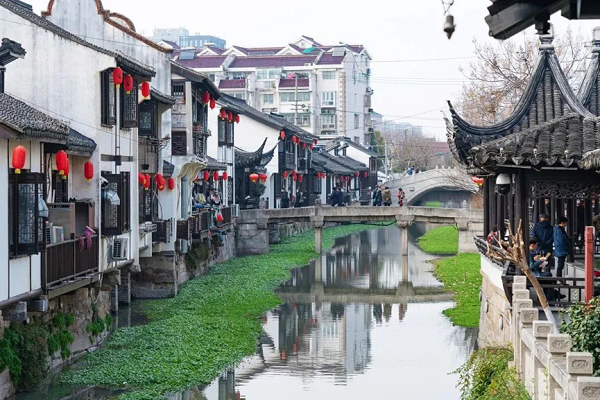
A view of Nanxiang Ancient Town. [Photo/WeChat account: shanghaifabu]
The town was named after the Baihe Nanxiang Temple, which was built in 505 AD. It was designated as a national historical and cultural town in 2010 and continues to thrive amidst rapid development.
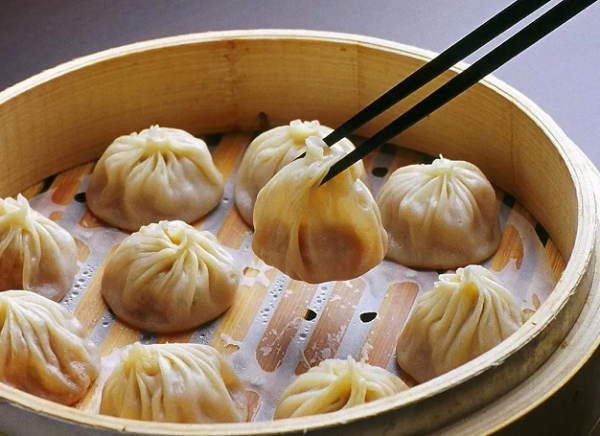
The renowned Nanxiang xiaolongbao, or Nanxiang steamed buns. [Photo/WeChat account: shanghaifabu]
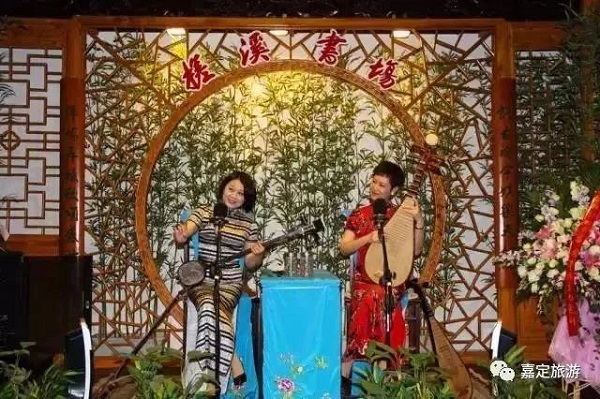
Nanxiang was awarded the title of the "Hometown of Chinese Opera" in 2020. [Photo/WeChat account: shanghaifabu]
Besides xiaolongbao and cultural performances, there are some of scenic spots you shouldn't miss in Nanxiang Ancient Town.
Guyi Garden
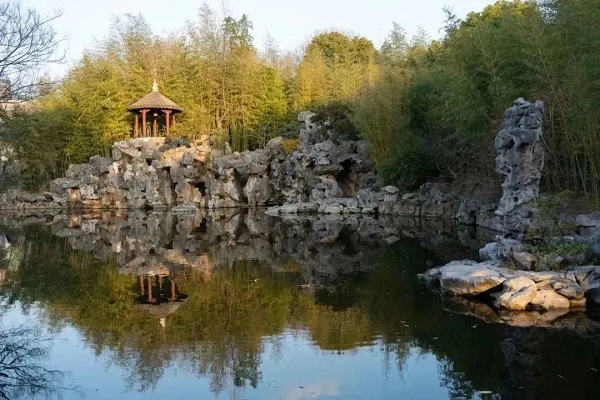
A view of Guyi Garden. [Photo/WeChat account: shanghaifabu]
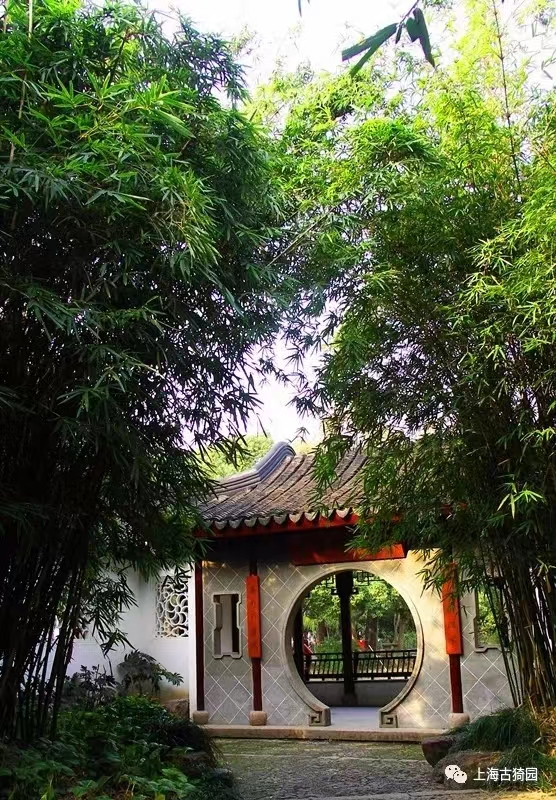
Guyi Garden offers a serene experience. [Photo/WeChat account: sh-guyigarden]
Nanxiang Ancient Town is renowned for its 25 gardens from the Ming (1368-1644) and Qing (1644-1911) dynasties, with Guyi Garden standing out as a national 4A-rated scenic spot, showing elegant Ming Dynasty architecture and lush greenery.
Bu Xi Zhou
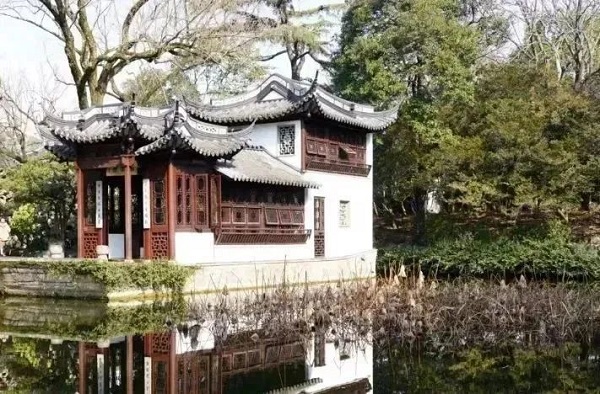
Bu Xi Zhou in Guyi Garden. [Photo/WeChat account: shanghaifabu]
The Bu Xi Zhou, a distinctive structure within Guyi Garden, features a plaque inscribed by Zhu Zhishan, a Ming Dynasty calligrapher. Comprising buildings, corridors, pavilions and attics, the Bu Xi Zhou offers a serene setting to appreciate the picturesque scenes of "playing geese in the garden" and "watching fish in a boat".
Jiuqu Bridge
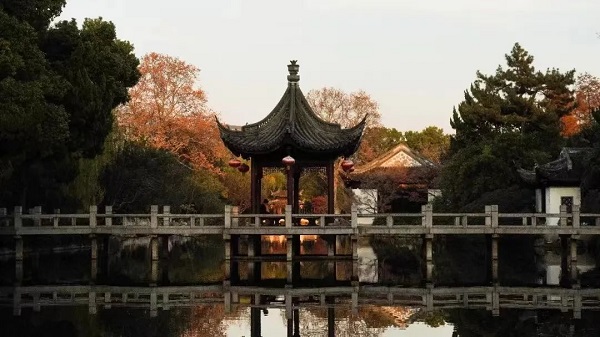
A view of Jiuqu Bridge. [Photo/WeChat account: shanghaifabu]
Jiuqu Bridge, also known as the "zigzag" bridge, stretches across Yuanyang Lake. Jiu signifies the most curved part, symbolizing wealth and auspiciousness. The bridge features a hexagonal lake pavilion, offering a delightful experience for strolling along its path or enjoying the view from the pavilion's vantage point.
Quejiao Pavilion
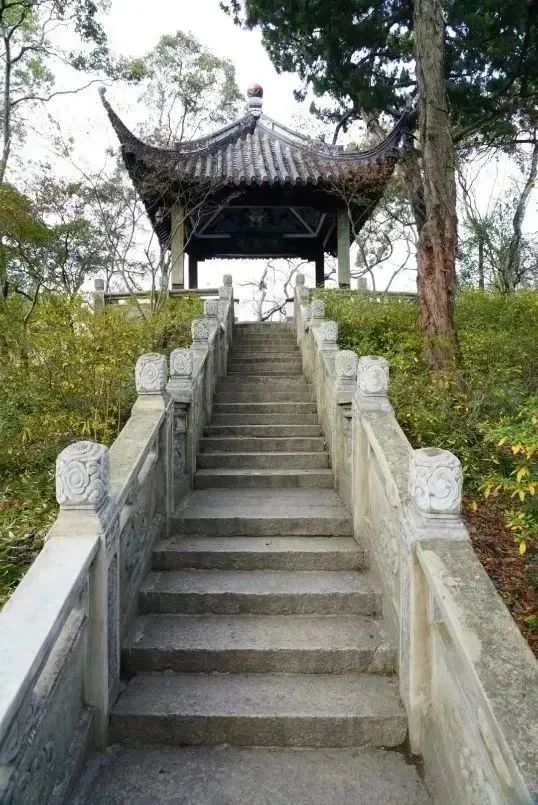
Quejiao Pavilion in Nanxiang Ancient Town. [Photo/WeChat account: shanghaifabu]
Quejiao Pavilion, Quejiao meaning "losing a cornice", showcases three cornices shaped like fists, with the northeast cornice missing. This design reflects the historical occupation of northeastern China by foreign invaders during the pavilion's construction. The fists were purposefully crafted to symbolize the resolute determination to reclaim the territory.
Nanxiang Old Street
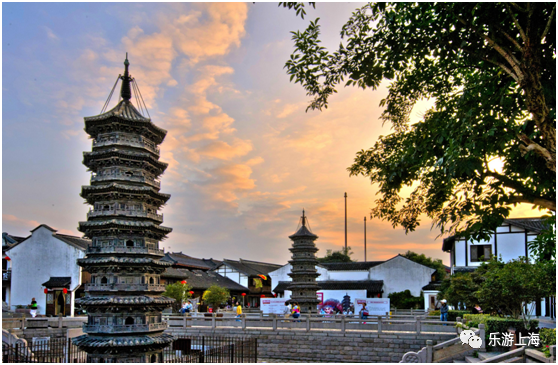
A view of Nanxiang Old Street. [Photo/WeChat account: shanghaitourism]
Nanxiang Old Street resides at the heart of Nanxiang Ancient Town, serving as a traditional hub for commerce and residences. The area boasts ancient buildings, wells, pagodas, gardens, bridges, and cultural relics.
Tanyuan Garden
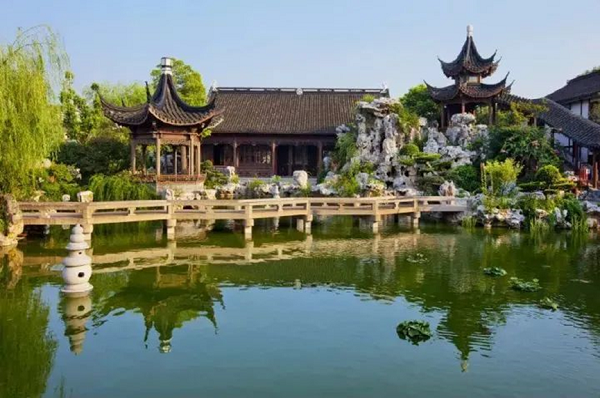
A view of Tanyuan Garden. [Photo/WeChat account: shanghaifabu]
Tanyuan Garden was constructed during the reign of Emperor Wanli in the Ming Dynasty (1368-1644). The garden showcases exquisite buildings set amidst a natural landscape. Within its limited space, a harmonious interplay of grass, trees, mountains, water, houses and pavilions create an ever-changing tableau, evoking the sensation of strolling through a living painting.
Nanxiang History and Culture Exhibition Hall
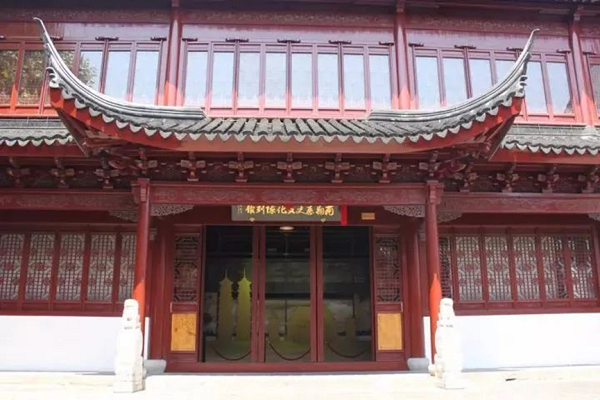
An exterior view of the Nanxiang History and Culture Exhibition Hall. [Photo/WeChat account: shanghaifabu]
The Nanxiang History and Culture Exhibition Hall, situated at No 260 Jiefang Street, comprises seven exhibition halls, representing a modernized showcase of local history. Through the presentation of cultural relics, informational displays, and scene restorations, the Nanxiang Historical and Cultural Exhibition Hall vividly portrays the history, humanities, specialties, and folklore of Nanxiang. Visitors can catch a glimpse of Nanxiang's cultural relics, markets, old stores, and prominent figures.
Twin Pagodas of Nanxiang Temple

A view of the Twin Pagodas of Nanxiang Temple. [Photo/WeChat account: shanghaifabu]
The Twin Pagodas of Nanxiang Temple, remnants of a fire that destroyed Nanxiang Temple during the Qing Dynasty, now stand as Shanghai Municipality Protected Historic Sites.
These ancient octahedral pagodas, each 11 meters high with seven stories, were meticulously crafted from bricks to resemble wooden structures.
Featuring simple window lattices, elegant bucket arches, and delicate boards, these pagodas exemplify the architectural style of the Tang (618-907) and Song (960-1279) dynasties.
(Updated on Nov 20, 2025)
Sources: "shanghaifabu" WeChat account, "shanghaitourism" WeChat account
Editor's Pick
FAQs
- What if my passport expires but my Chinese visa is still valid?
- Can pets and owners depart from different countries while complying with customs regulations?
- Can a minor travel to China and stay in a hotel without a parent's presence?
- Who is eligible for the 240-hour visa-free transit policy in China?

